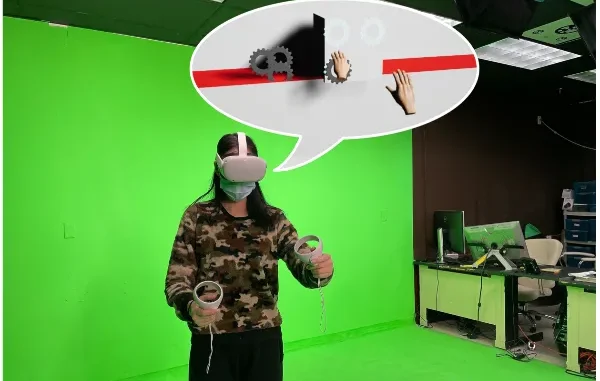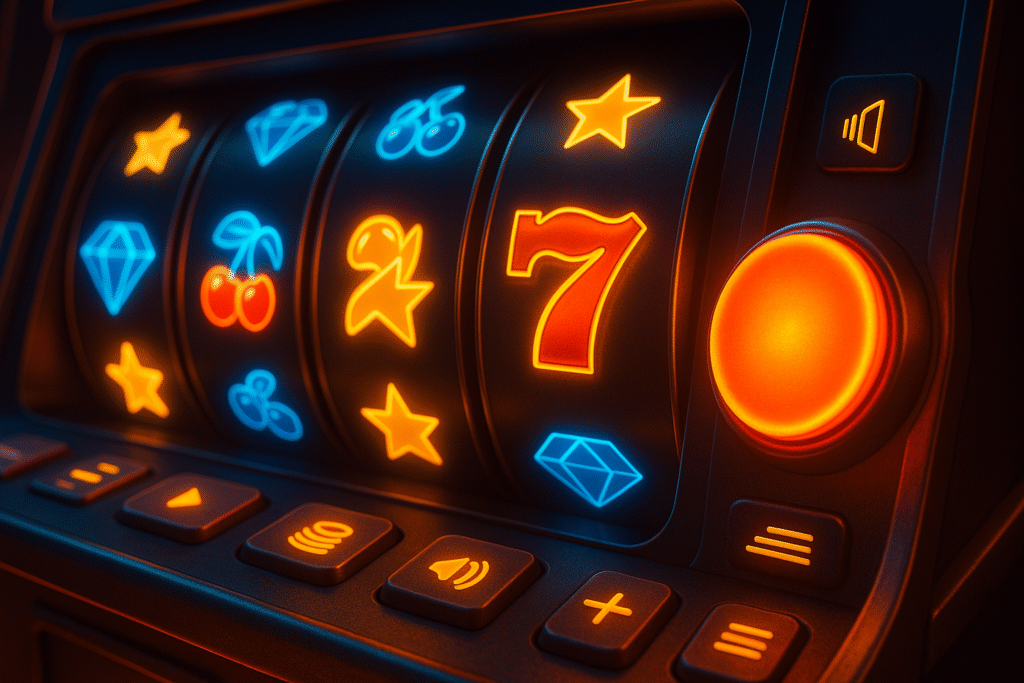

The human brain is stubbornly analog. It wants to feel the weight of a button, the click of a gear, the subtle vibration of machinery responding to action. But the devices we interact with today are smooth, silent, and flat. Touchscreens offer precision, but they don’t offer resistance. And yet, somehow, some digital interfaces feel real — even intimate.
Slot design has become a masterclass in this contradiction.
The best online slot machines don’t just flash and spin. They simulate sensations. They whisper to your fingertips. They trick the mind into feeling control where there is none. And that illusion — the tactile mirage — is one of the most important elements of digital play. It’s not about fooling the user. It’s about giving the user something to believe in.
Chasing the ghost of the lever
Before everything went digital, pulling a slot machine lever was a ritual. There was force, then release, followed by the groan of mechanical motion and the hypnotic spin of metal reels. Winning was about more than money. It was about rhythm, motion, and physical feedback.
Now the action is virtual — just a tap or click. But Slot88 and similar platforms have found clever ways to keep the body involved. A glowing button pulses under your finger. A spin launches with a satisfying whoosh. Symbols land with a thud or snap, mimicking the weight of old machinery.
These effects aren’t accidental. They’re designed to simulate pressure, resistance, momentum — to make the digital feel tangible.
The power of pretend
The mind is a willing participant in this trickery. It fills in the blanks. A sharp clicking sound creates the illusion of teeth locking into place. A short vibration mimics the tactile feedback of pushing a real button. Light glints on animated surfaces, hinting at texture that isn’t there.
This choreography of sensory cues is highly calculated. Slot designers study how players respond to these illusions. Do they pause longer when the reels slow down with a low, dragging hum? Does their pulse quicken when the screen trembles after a near-miss?
The answer is yes. The body believes what the senses tell it.
Light with weight
Take a digital spin button. It’s flat. It’s part of a screen. But on a well-designed interface, it glows subtly, like it’s lit from within. It casts a slight shadow, just enough to imply height. And when you tap it, it reacts with a ripple effect — not random, but carefully timed to simulate compression.
It’s not just visuals. Audio carries weight. The clack of each reel is layered with hints of metal and wood. A jackpot win doesn’t just ring — it surges, rising like a wind-up toy let loose.
Slot88 uses this mix well. It gives its digital games a pulse. Every spin feels like something is happening beneath the surface, even though it’s all code and pixels. The illusion works because it never overreaches. It stays just below the threshold of disbelief.
Rhythm of reaction
Timing is everything. The space between tapping a button and seeing the reels spin isn’t wasted. It’s choreographed.
Digital slot machines often introduce a micro-delay — a blink-long pause between action and reaction. It mimics the resistance of a physical machine gathering momentum. And it builds anticipation.
When reels stop, they don’t all freeze at once. One lands. Then the next. Then the last — always with a beat of suspense before the final icon locks into place. That delay is key. It gives players time to feel tension, to imagine control, to hold their breath.
These rhythms are not just engaging. They’re physical, even if no real motion happens.
The audio handshake
In real life, touch is rarely silent. A switch clicks. A dial hums. A key presses with a pop. Sound validates motion.
Digital slots use this to great effect. Each spin comes with a sonic signature — the rush of reels, the gentle wind-up, the sudden stop. It’s not noise. It’s feedback. It tells the user, “You did something.”
The most satisfying sound effects mimic everyday experiences. A win might trigger a bell tone reminiscent of a bicycle chime. A bonus round might explode like a fizzy drink being popped open. These sounds are chosen for their associations, not just their volume.
They reinforce what your eyes see. More importantly, they trigger memories of physical control. That memory becomes a substitute for real sensation.
The psychology of “felt randomness”
In the middle of the digital slot design conversation stands an important idea: unpredictability with a sense of agency. Slot Gacor incorporates this with style.
Its reels move fast but not too fast. Wins arrive with visual effects that pulse outward — like shockwaves. There’s a delayed confetti burst, a golden shine that seems to radiate from the center of the screen. You don’t just see that you won. You feel it, in rhythm and color and sound.
This mix of elements creates what players describe as “immersion.” Not just being entertained — but being involved. The interface feels like it reacts to them. The randomness doesn’t feel cold. It feels like luck. And luck feels human.
More than buttons
Digital slot interfaces are no longer built like calculators. They’re more like interactive theatre stages.
Buttons don’t just activate. They respond. Hovering over one might create a soft lighting effect. Tapping it might result in a micro-animation — a tilt, a shimmer, a vibration cue through the device.
Even transitions between screens are layered with feedback. Entering a bonus round may trigger a fade, a motion blur, a build-up of audio cues. It feels like passing through a curtain into a different space — even though it’s still the same screen.
These design choices give players the illusion that they’re moving through something, not just watching it. Movement creates agency. And agency creates emotional commitment.
When nothing is real — but everything feels right
A good digital slot doesn’t pretend to be a mechanical device. It borrows from those cues but builds something different — cleaner, sharper, faster. Still, it respects the core truth: people want to feel connected to what they touch.
And if there’s no touch, they’ll accept the next best thing: the illusion of touch.
Players don’t need friction burns on their palms or the creak of a real machine. What they need is feedback — a whisper back when they act. A cue that says, “You are here. You made something happen.”
Slot88, Slot Gacor, and others are not just designing games. They are designing feelings. Not with emotion, but with rhythm. Not with texture, but with suggestion.
These games build trust, not by giving players control, but by letting them feel like they have it.
The future of feel
As interfaces grow more sophisticated, this illusion will become even more convincing. Haptics will advance. Sound design will become more nuanced. Screens will react not just to taps, but to gestures, heat, and pressure.
But even now, with just light and sound, good design can stir the muscles and fool the skin.
Digital slot machines have shown the way. They’ve proven that touch isn’t required for tactility. That clicks can be felt, even when there’s nothing under the finger. That vibration can echo in the brain, not just the hand.
And that in a world with no touch — we still remain human.

Leave a Reply